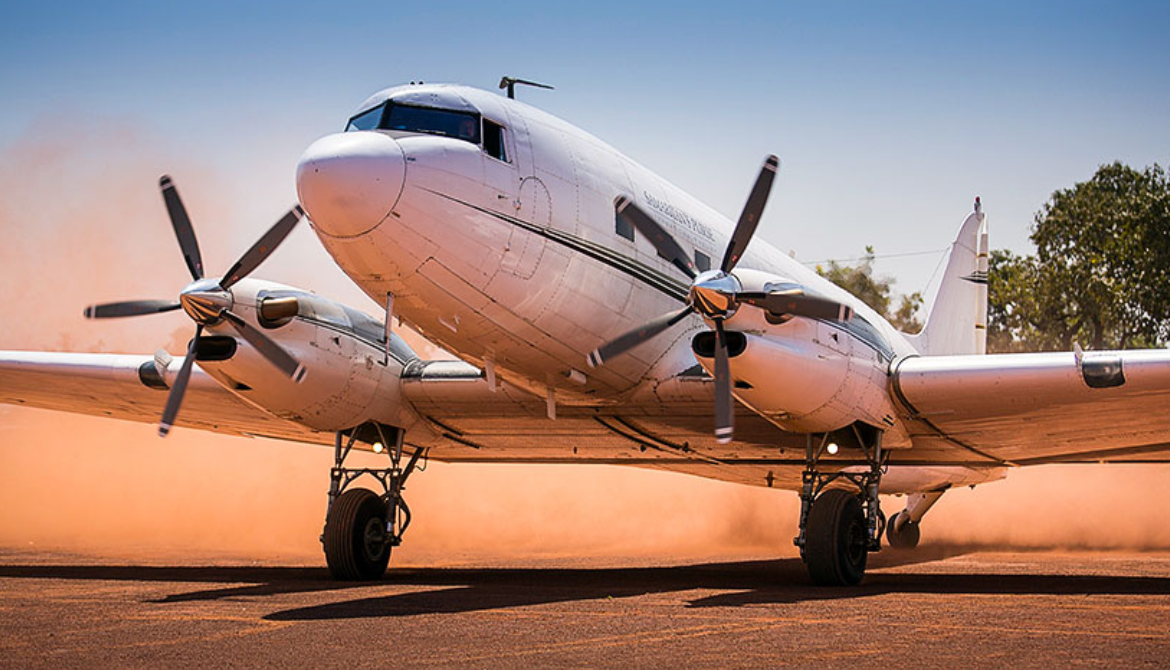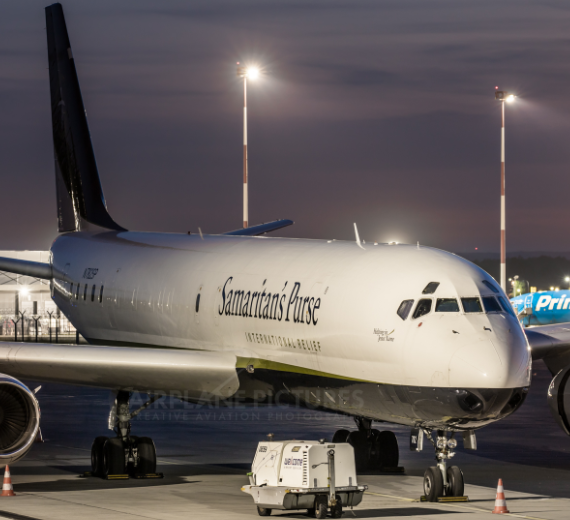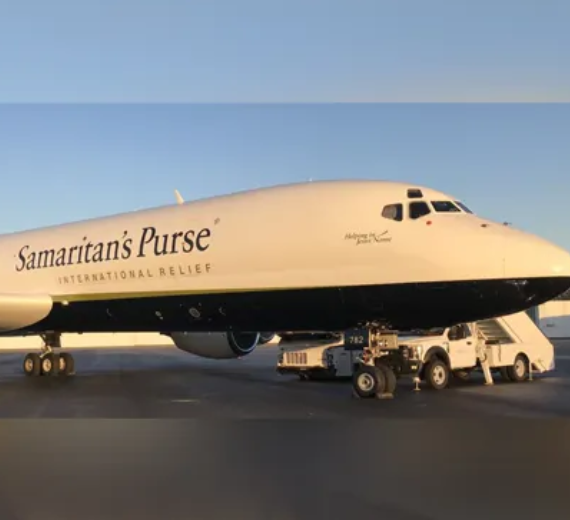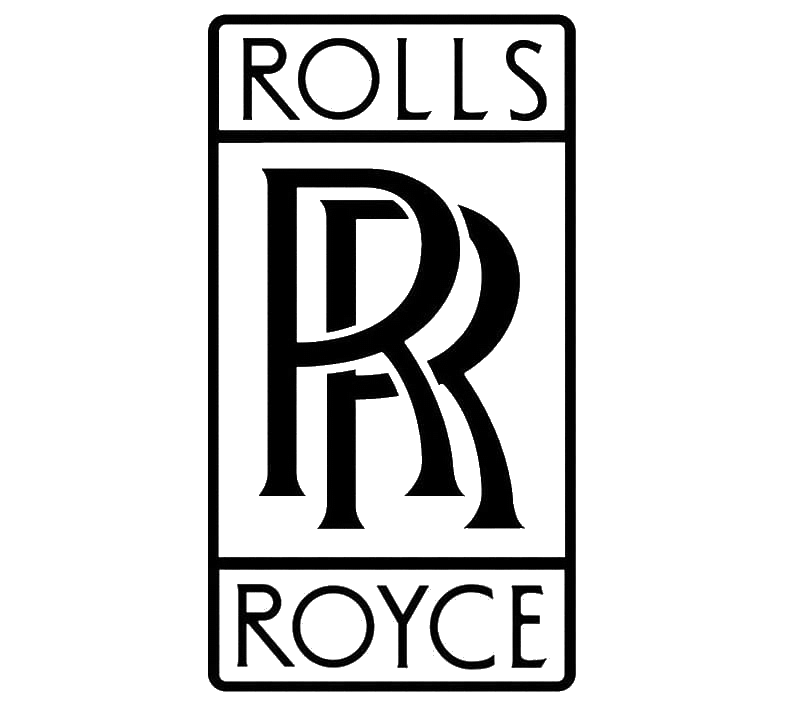Douglas /
McDonnell DC-8
Role Narrow-body airliner
National origin United States
Manufacturer Douglas Aircraft Company (1958–1967)
McDonnell Douglas (1967–1972)
First flight May 30, 1958
Introduction September 18, 1959, with Delta Air Lines
and United Airlines
Status In limited service as non-passenger aircraft
Primary users United Airlines UPS Airlines (historical)
Delta Air Lines Trans Air Cargo Service
Produced 1958–1972
Number built 556
.
History
McDonnell Douglas DC-8

The Douglas DC-8 (sometimes McDonnell Douglas DC-8) is an early long-range narrow-body jetliner designed and produced by the American Douglas Aircraft Company. Work began in 1952 towards the United States Air Force's (USAF) requirement for a jet-powered aerial refueling tanker. After losing the USAF's tanker competition to the rival Boeing KC-135 Stratotanker in May 1954, Douglas announced in June 1955 its derived jetliner project marketed to civil operators. In October 1955, Pan Am made the first order along with the competing Boeing 707, and many other airlines soon followed. The first DC-8 was rolled out in Long Beach Airport on April 9, 1958, and flew for the first time on May 30. Following Federal Aviation Administration (FAA) certification in August 1959, the DC-8 entered service with Delta Air Lines on September 18.
Permitting six-abreast, the four-engined jet aircraft was initially produced in four 151 ft (46 m) long variants. The DC-8-10 was powered by Pratt & Whitney JT3C turbojets and had a 273,000 lb (124 t) MTOW, the DC-8-20 had more powerful JT4A turbojets for a 276,000 lb (125 t) MTOW. The intercontinental models had more fuel capacity and up to 315,000 lb (143 t) MTOW, powered by JT4As for the Series 30 and by Rolls-Royce Conway turbofans for the Series 40. The Pratt & Whitney JT3D powered the later DC-8-50 and Super 60 (DC-8-61, -62, and -63) as well as freighter versions, and reached a MTOW of 325,000 lb (147 t). A stretched DC-8 variant wasn't considered initially, leading some airlines to order the competing Boeing 707 instead.
The improved Series 60 was announced in April 1965. The DC-8-61 was stretched by 36 ft (11 m) for 180–220 seats in mixed-class and a MTOW of 325,000 lb (147 t). It first flew on March 14, 1966, was certified on September 2, 1966, and entered service with United Airlines in February 1967. The long-range DC-8-62 followed in April 1967, stretched by 7 ft (2.1 m), could seat up to 189 passengers over 5,200 nmi (9,600 km) with a larger wing for a MTOW up to 350,000 lb (159 t). The DC-8-63 had the long fuselage and the enlarged wing, freighters MTOW reached 355,000 lb (161 t).
The DC-8 was produced until 1972 with 556 aircraft built; it was superseded by larger wide-body airliners including Douglas' DC-10 trijet. Noise concerns stimulated demand for a quieter variant; from 1975, Douglas and General Electric offered the Series 70 retrofit, powered by the quieter and more fuel-efficient CFM56 turbofan engine. It largely exited passenger service during the 1980s and 1990s, but some re-engined DC-8s remain in use as freighters.0
KmCeiling
0
KmCombat RANGE
0
Km/hAircraft Speed
0
Max Crew
Photo Gallery
McDonnell Douglas DC-8


McDonnell Douglas DC-8
General Info
-
-
-
Crew 3 Passengers 259 -
Empty Weight 69.740 kg 153.750 lbs max. Takeoff Weight 158.750 kg 349.984 lbs Wing Span 45,24 m 148 ft 5 in Wing Area 271,9 m² 2927 ft² Length 57,12 m 187 ft 5 in Height 12,93 m 42 ft 5 in
-
-
Powerplant
-
-
-
Propulsion 4 Turbofan Engines Engine Model Pratt & Whitney JT3D-7 Engine Power (each) 84,5 kN 19000 lbf alternative Engine Variant Engine Model CFM Intl. CFM56-2C1 Engine Power (each) 97,9 kN 22000 lbf
-
-
Performance
)Speed 967 km/h 522 kts 601 mph Service Ceiling 12.802 m 42.000 ft Range 3.445 km 1.860 NM2.140 mi.
Aircraft of comparable role
.
Links to Youtube & Others
The MB-339 was developed during the 1970s in response to an Italian Air Force requirement that sought a replacement for the service's existing fleet of Aermacchi MB-326s.
McDonnell
Douglas DC-8
The Skyraider was produced too late for use in World War II, but became the backbone of United States Navy aircraft carrier in the Korean War
Youtube Link
On 26 July 1954, two Douglas Skyraiders from the aircraft carriers USS Philippine Sea and Hornet shot down two Chinese PLAAF Lavochkin fighters off the coast of Hainan Island.












